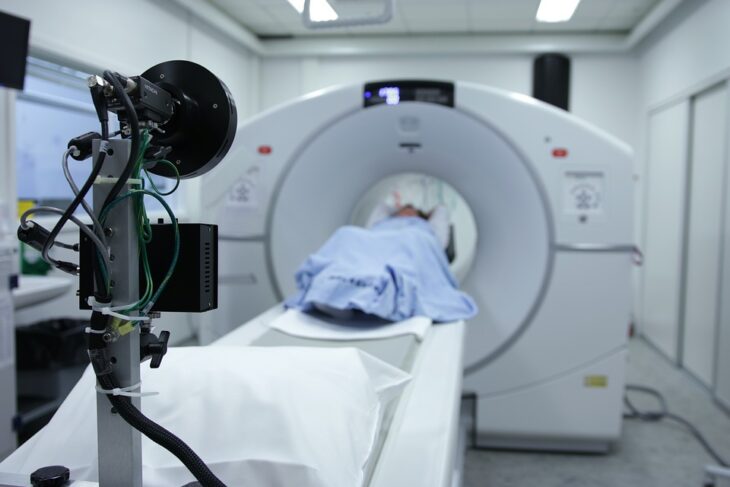Starting the process of IVF treatment can be both nerve-racking and exciting. IVF is typically pursued after other fertility treatments have failed. Many people who opt for this treatment have been trying to conceive for months, or even years. However, this is not always the case, and in some situations, IVF might be the first treatment option; for example, if a gestational carrier is needed, if an egg donor is being used, or if previously cryopreserved eggs are being used. IVF may also be the first option in cases of serious male infertility or blocked fallopian tubes. If you are considering IVF or have had it recommended to you as a fertility treatment option, here’s what you need to know about the process.
How IVF Works
IVF stands for In-Vitro Fertilization and involves taking several eggs that are usually retracted using a transvaginal ultrasound-guided needle before placing them in a petri dish with sperm cells that have been specially washed and prepared. If the process is successful, the eggs are fertilized by the sperm, becoming embryos. Then, one or two of the healthy embryos will be transferred to the uterus.
Before the eggs can be retrieved, the ovaries will typically require stimulation. Your body will only typically mature one or two eggs each month, but you will need lots of eggs for conventional IVF. This is achieved using injectable fertility drugs that will stimulate the ovaries to mature at least a dozen eggs for retrieval. However, there are alternatives to consider, including minimal stimulation IVF, which uses oral drugs or low dose injectable drugs to stimulate just a few eggs. If you’re interested in discussing your IVF treatment options, MCRM Fertility is a Saint Louis Fertility Clinic that can help.
How Successful Is IVF?
IVF has quite a high success rate, with the average birth rate for the first IVF cycle coming in at just under 30% in a study of around 156,000 women, which is comparable to success rates for natural conception in couples with no fertility problems. However, the best chances for success with IVF may come from repeated treatment cycles. The same study found that the birth rate increased to over 65% after six cycles of IVF. However, there are several other factors that might play a role in your success with this treatment including your age, overall health, and whether or not you are using an egg donor.
Risks to Be Aware Of
Generally, IVF is a safe fertility treatment, but there are some risks as is the case with any medical procedure. Before you begin, your doctor will go through the possible risks and side effects of each procedure. 10% of women going through IVF treatment will experience a condition known as ovarian hyperstimulation syndrome, which usually involves mild symptoms that recover easily. Less than 1% of women with this condition will experience more serious symptoms. Egg retrieval can also have some side effects including cramping and discomfort during and before the procedure.
Today, IVF has become a popular treatment option for couples trying to conceive.















